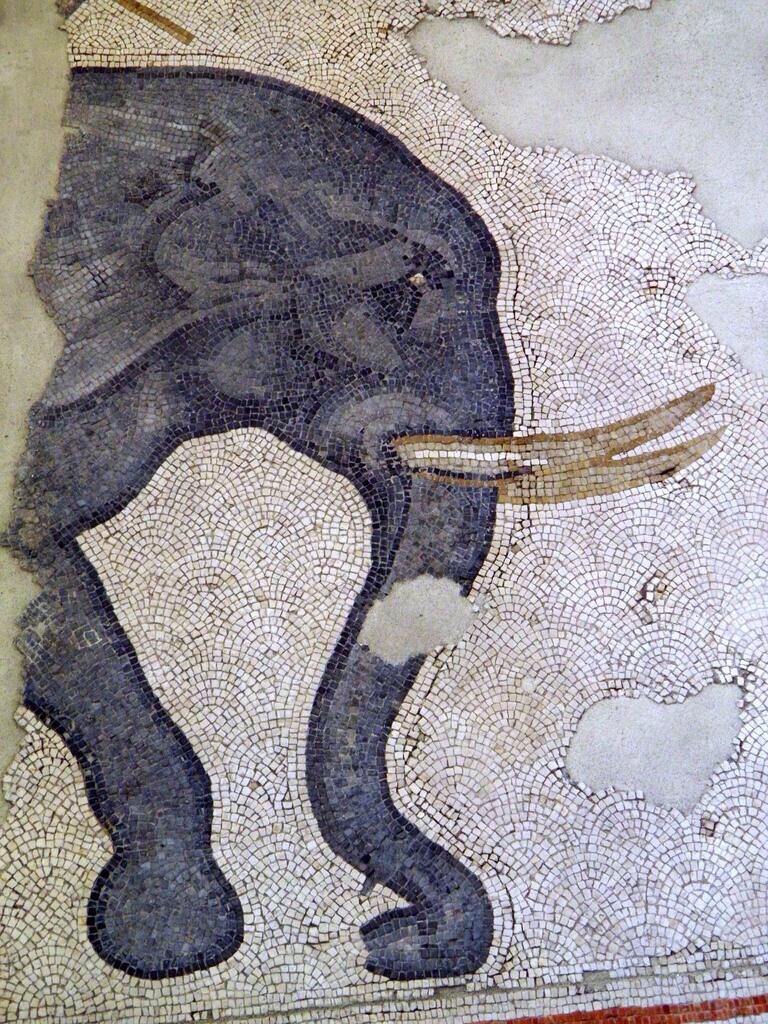2301
2302
2305
2306
2307
2309
2312
2313
2314
2315
2316
2318
2319
2320
2321
2322
2323
2324
2325



























